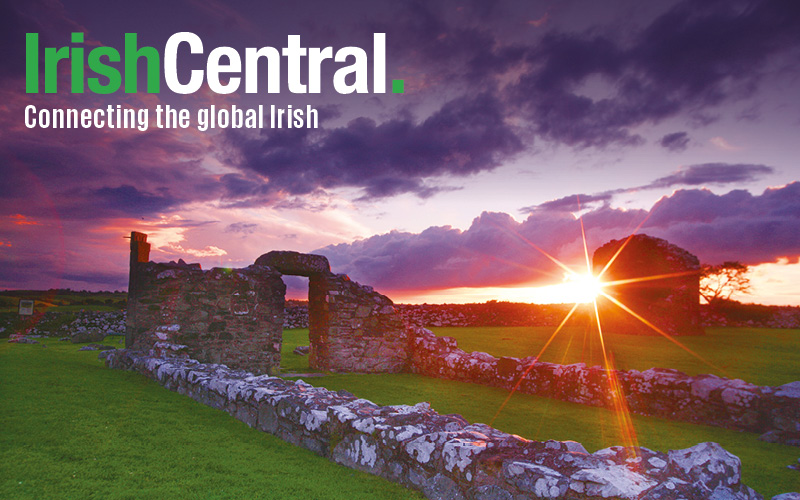There was an interesting Op-Ed column in The New York Times last week, prompted by the recent grand jury decisions involving white police officers who killed unarmed black men. The grand juries -- one in Ferguson, Missouri, one in Staten Island -- both found no reason to continue investigations into the incidents.
This has left large numbers of people angry. Some hit the streets and protested. Others stayed home and fumed that police officers have a difficult, thankless job and that these protesters should probably get jobs of their own.
In a piece “The Unreconstructed North,” history professor Jason Sokol argued that not enough attention is paid to how racism has evolved in the Northern U.S., mainly because so much attention is paid to the South’s brutal legacy.
“Americans know that we cannot understand Southern history, or our nation’s history more generally, without coming to grips with slavery and Jim Crow,” Sokol writes.
“But we fail to apply this lesson to the North … Northern cities and states have long harbored movements for racial democracy, as well as for racial segregation, within the same heart and soul.”
But in the whole column, Sokol never once mentions immigration, much less specific immigrant groups such as the Irish. And yet, given the heavy Irish representation on big Northern city police forces throughout much of the 19th and 20th centuries, it seems impossible to wrestle with this question without taking the Irish and other immigrant groups into account.
What role did they play when it came to police brutality and racial injustice? Why did they play that role?
This is a small part of much broader problem when it comes to examining current events as well as history. All too often, people choose to ignore the vivid lessons America’s tradition of immigration can teach us.
This is why it’s far too simplistic to talk about the black-white divide in America. Immigrants and their children -- then and now -- don’t always fit neatly into either category. Hence, many people find it generally easier to ignore them.
But not Gerard Howlin in the Irish Independent. In a scathing column published last week, Howlin linked the Irish to America’s long-running racial woes.
“Part of the Irish identity abroad was opposition to people of darker color. … It is rooted (in Ireland), and it is still here now,” Howlin writes.
“Objectified by class and creed, but skilled survivors, many Irish are abusers. We took it with us around the world. It is part of the back story of Michael Brown and Darren Wilson in Ferguson.”
From the New York City Draft Riots in the 1860s to the Boston bussing riots of the 1970s, it is tempting to see a particularly green tinge in much Northern U.S. racial tension. And one would have to be willfully ignorant to not think deeply about Howlin’s notion that the Irish “became white” (as certain scholars have put it) so that they could look down on at least one more-despised group in America.
Yet it must be added that this is only one ugly part of the Irish American racial story. On the other hand, many Irish immigrants and their children fought nobly against slavery in the Civil War.
Many Irish cops and soldiers were pressed into duty to put down the Draft Riots. Rates of marriage between Irish- and African-Americans were actually quite high in enclaves such as the Five Points. And the Boston bussing protesters were enraged by two liberal, Irish Americans, Senator Ted Kennedy and Judge Arthur Garrity.
What about the Irish American radicals and labor leaders who did embrace African Americans and feminism and immigrants from other countries? What about the priests and nuns who marched alongside Martin Luther King? Should there have been more?
Of course. There is no point believing the Irish experience in America has been all happy shamrocks and George M. Cohan tunes. Howlin may well be on to something when he says “the Irish story is connected to what happened in Ferguson.”
But what he misses are that aspects of the Irish American experience that may well point us to a solution.
(Contact “Sidewalks” at tdeignan.blogspot.com)




Comments